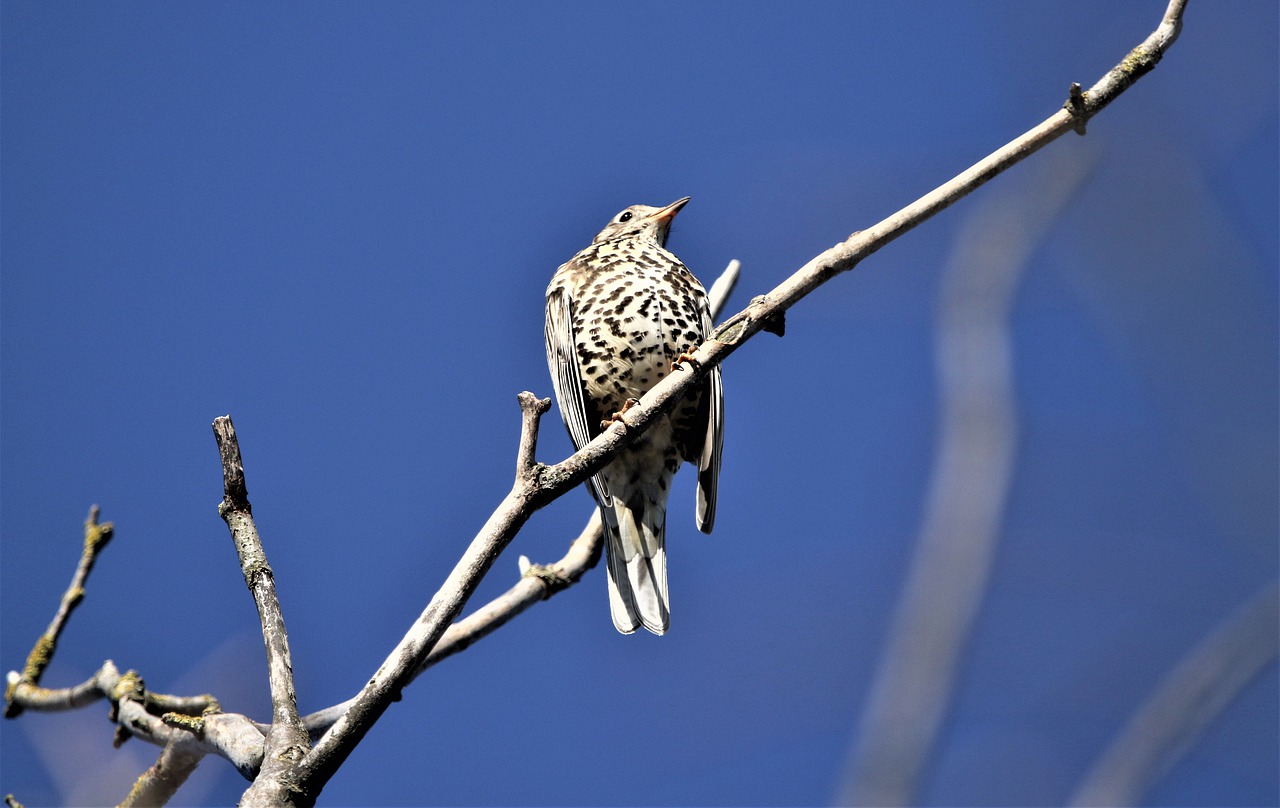Age structure of passerine migrants at the eastern Baltic coast: the analysis of the "coastal effect"
DOI:
https://doi.org/10.34080/os.v8.22942Keywords:
migration, bird ringing, bird banding, population demographics, age differencesAbstract
The trapping data of 12 migrant passerine species comprising more than 1,025,000 birds were used to determine age structure of migrants. The data were collected at the Courish Spit of the Baltic Sea during 1972—1995. Six species which are predominantly nocturnal migrants showed the "coastal effect", that is a disproportionately high percentage of immature birds, as opposed to diurnal migrants. The comparison of these results with the data from other studies in the Baltic region incline us to think that the coastal effect is caused by differential behaviour of adults and immatures during landfall after a nocturnal flight over large bodies of water.
Downloads

Downloads
Published
How to Cite
Issue
Section
License
The copyright of each contribution belongs to the author(s), but all contributions are published under a Creative Commons license, so that anyone is free to share and reuse the contribution as long as the copyright holder is attributed.







